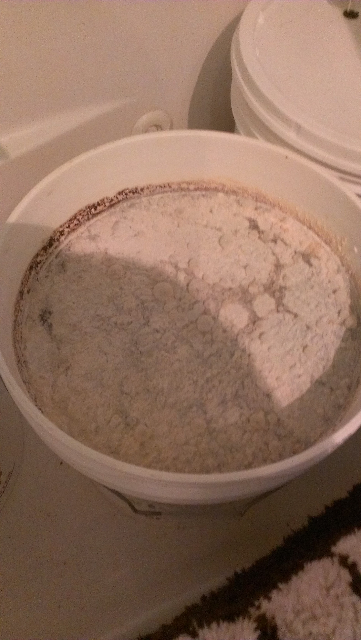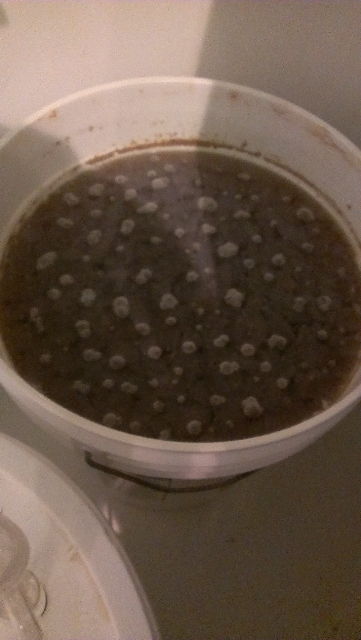Good points guys.
I will say that first bottling (14 months in carboy, then 1+ years in the bottle) of this recipe has not changed too much since I bottled it. It is only lightly carbonated (about 1.2 volumes maybe).
From the BJCP Guidelines 17D:
Aroma: A decidedly sour/acidic aroma is often dominant in young examples, but may be more subdued with age as it blends with aromas described as barnyard, earthy, goaty, hay, horsey, and horse blanket.
Flavor: Young examples are often noticeably sour and/or lactic, but aging can bring this character more in balance with the malt, wheat and barnyard characteristics. Fruity flavors are simpler in young lambics and more complex in the older examples, where they are reminiscent of apples or other light fruits, rhubarb, or honey.
Perhaps these judges are looking for more horse blanket/goaty complexity? If that's the case, I won't change anything because I don't like too much goat barn in my beers.
Along the lines of rhoadsrage's comment, it drinks much more one dimensional (read: tart and low Brett) when it is cold that when it is drank at 50* (my favorite temp for this one). Also, there was nothing marked on the cover sheet as far as 1 of xx in the flight for the Champion of the Pint.
I will say that first bottling (14 months in carboy, then 1+ years in the bottle) of this recipe has not changed too much since I bottled it. It is only lightly carbonated (about 1.2 volumes maybe).
From the BJCP Guidelines 17D:
Aroma: A decidedly sour/acidic aroma is often dominant in young examples, but may be more subdued with age as it blends with aromas described as barnyard, earthy, goaty, hay, horsey, and horse blanket.
Flavor: Young examples are often noticeably sour and/or lactic, but aging can bring this character more in balance with the malt, wheat and barnyard characteristics. Fruity flavors are simpler in young lambics and more complex in the older examples, where they are reminiscent of apples or other light fruits, rhubarb, or honey.
Perhaps these judges are looking for more horse blanket/goaty complexity? If that's the case, I won't change anything because I don't like too much goat barn in my beers.
Along the lines of rhoadsrage's comment, it drinks much more one dimensional (read: tart and low Brett) when it is cold that when it is drank at 50* (my favorite temp for this one). Also, there was nothing marked on the cover sheet as far as 1 of xx in the flight for the Champion of the Pint.












